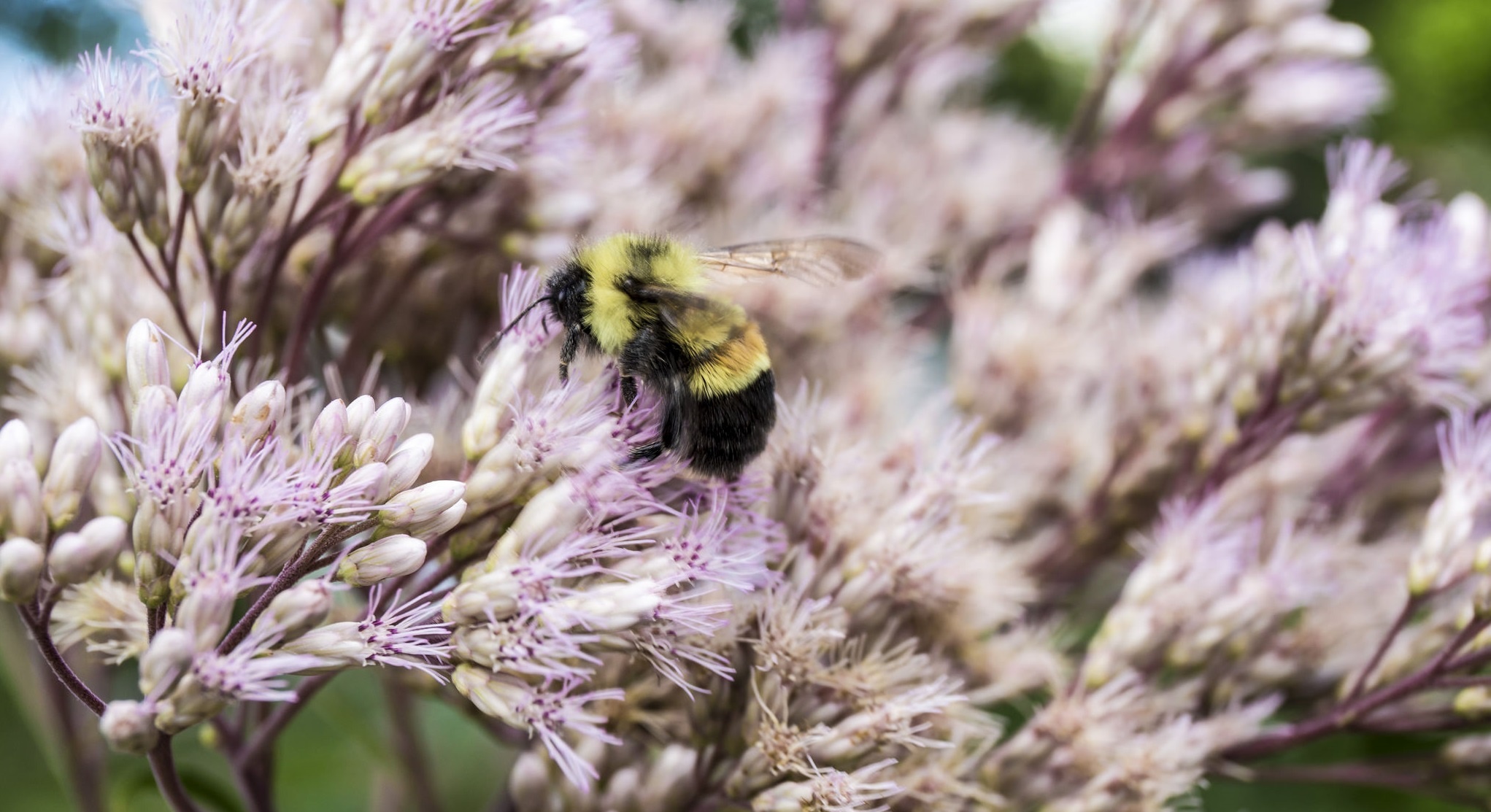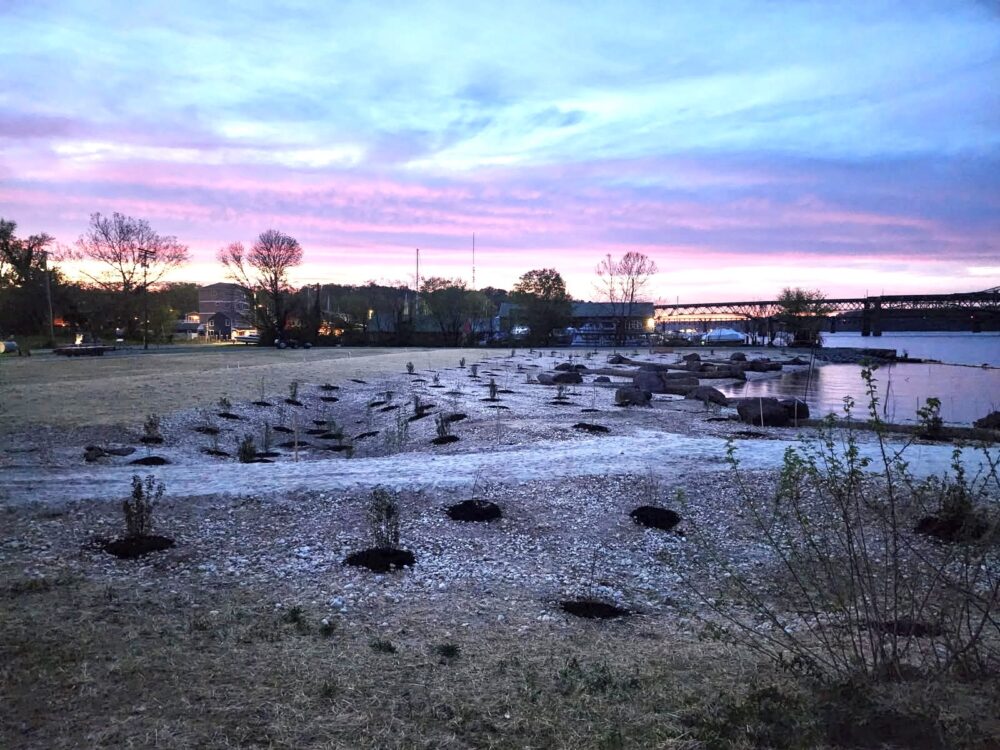We have much more to do and your continued support is needed now more than ever.
I want Bombus affinis in my garden

For the past three years, photographer Tony Ernst has seen rusty patched bumble bees in his garden, and every year he watches to see if they return. I’d like to see this native bee in my garden too! I don’t use pesticides, have lots of bee-friendly native plants in my garden from bee balm (Monarda) to Joe-pye weed (Eutrochium purpureum) to anise hyssop (Agastache foeniculum), but no rusty patched bumble bees (Bombus affinis).
Tony is really lucky. The fuzzy bumble bee with the orange patch on its back used to be amazingly abundant across the eastern United States and Upper Midwest, from Maine down south to Georgia and west to the eastern edges of North and South Dakota — but now is only occasionally seen in 13 states. They’re no longer reported in Virginia gardens like mine.
Because of development, conversion of grasslands to intensive monoculture agriculture, and the widespread use of pesticides, rusty patched bumble bee populations have plummeted by 87% in the last 20 years. In a race against extinction, the rusty patched bumble bee was listed by the U.S. Fish and Wildlife Service as endangered on January 10, 2017—the first bumble bee ever to be protected under the Endangered Species List.
“Obviously, it’s sad that anything has to get on the endangered list, but this really provides a great opportunity,” said Dr. Dennis vanEngelsdorp, a bee expert at the University of Maryland. “When you’re talking about saving the bumble bees, what you’re really talking about is saving the community.”
Once a species is listed as endangered, the U.S. Fish and Wildlife Service is required to design a recovery plan and other federal agencies have to check that their actions will not hurt an endangered species or its habitat. But gardeners and friends of wildlife can play a pivotal role for successful recovery. Here are four things you can do to help save our native bumble bees:
- Plant a variety of native flowers, shrubs and trees that bloom from spring through fall.
- Avoid pesticide use in your garden and landscape as much as possible.
- Leave plants uncut during winter, as leaf litter and downed trees can provide habitat for rusty patched and other bumble bees that nest in the ground.
- Urge your elected officials to support legislation and programs in 2017 to save and recover America’s wildlife. Please take action here.
Please share actions you have taken in your garden or community to help bumble bees and other wildlife at-risk in a comment below!





















